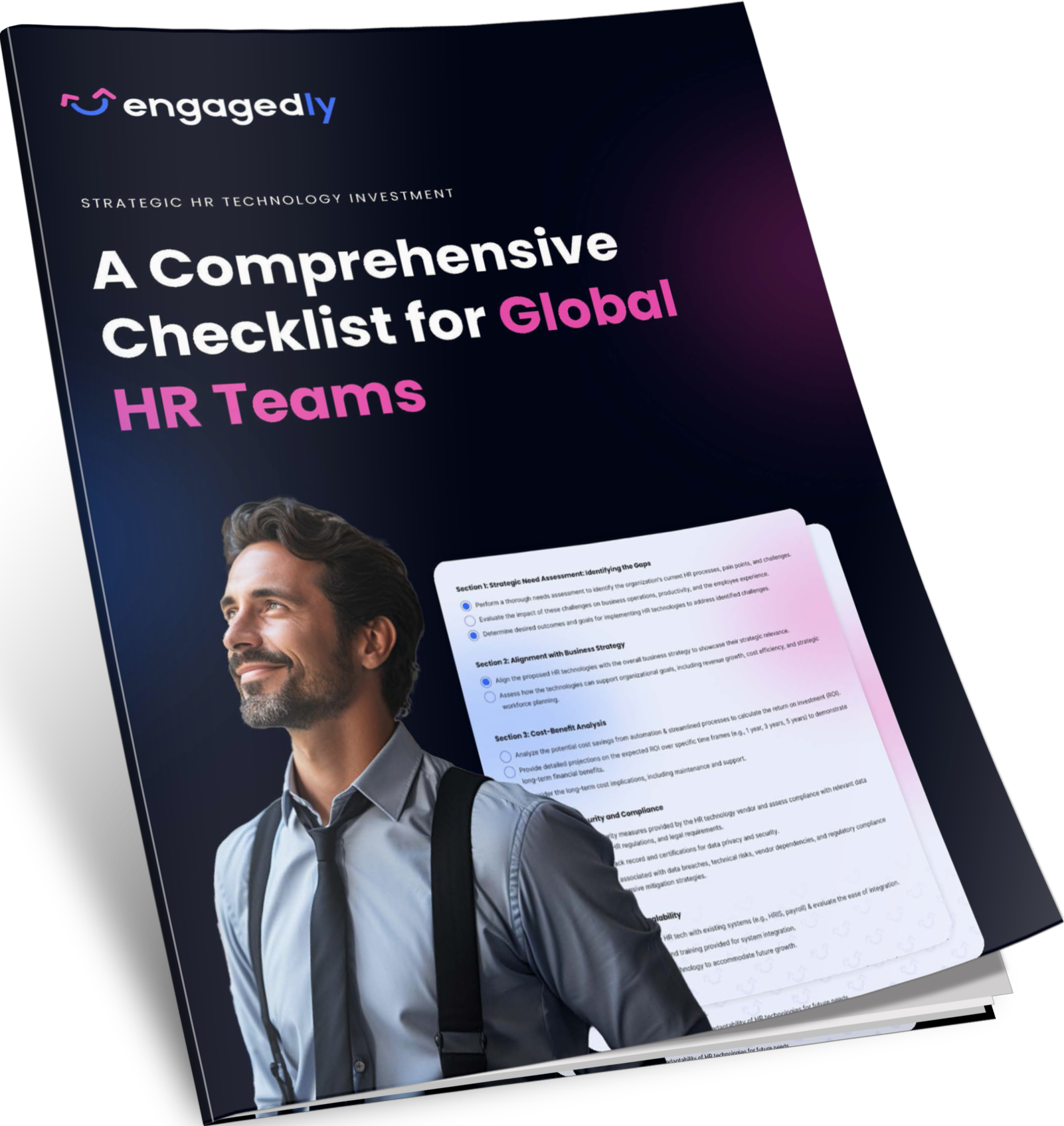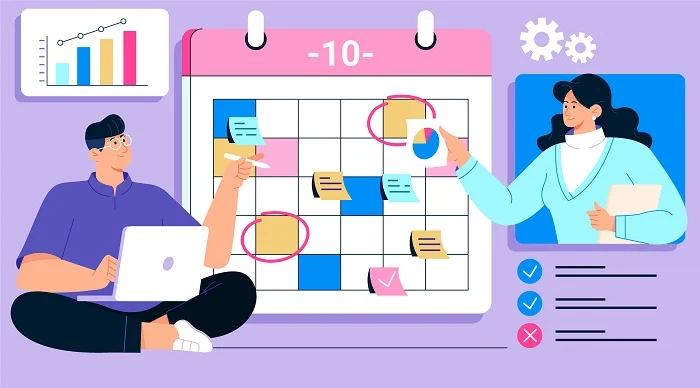It’s not easy to identify flaws in the performance review process. This is because we must take a close and harsh look at our own processes.
And the act of being self-critical is not something that comes to us naturally, even when it comes to performance, it is recommended we self-evaluate frequently in order to ensure that the process remains as stringently fair as possible.
That being said, if you haven’t begun the process of identifying flaws in the performance review process in your organization, here are a few tips that can help.
Use A Survey
This seems like a very simplistic solution to a complex problem, but the truth is, a well-designed survey can reveal a lot of useful insights. A survey can show you what employees really think, in this case, what do they think about the organization’s review process. Do they think the process is unfairly stacked against them? Do they believe the process fairly reviews performance? And so on and so forth.
Catalogue General Reaction
This is more of an observational method of identification but it can help you get a fair idea about how employees in the organization are reacting to performance reviews. Are employees excited? Do they seem nervous and withdrawn? Are you suddenly seeing a lot of increased absences or improved work?
Post Review Results
If you are the type of organization who have got a review process that is deeply entrenched, it might be worth it to look at the data post-review process. Does attrition spike after the review process? Or conversely, does employee engagement spike after a review process? These factors can help you gauge how effective your review process or how much your employees are affected by it.
Go Through The Process
This method involves breaking down the review process to its base components and critically examining each part of it for possible flaws. When a review process is handed down from year to year, it so happens that some methods of review also get carried over, despite them not being relevant to the current work climate. By critically examining each aspect of the review process, as well as everyone’s role in it, from the CEO to the employee, it becomes possible to identify the cracks in the process. Ideally, this is a process where everyone’s input should be invited, but if that is not possible, it is still possible to put together a group of impartial employees from diverse departments, who can view and critique the process without bias.
Also read: The role of regular feedback in continuous learning
Before and After Technology
This method is worth using if you have recently adopted performance review software. Compare the before and after. Has the review process improved after you adopted review software? Or has it become more complex? Has the burden on HR and employees eased or are they feeling mired by the review process? These key points can help you identify if software has solved your woes or has simply exacerbated them.
What is the Focus and Objective of Process?
If all of the above fails, then it’s time to bring out the big guns. Self-awareness. Can you pinpoint the focus and objective of the review process? And does everyone else share the same opinion as you? It’s quite possible this method will reveal a whole lot of division but that is the purpose. A review process cannot be without flaws. However, everyone in an organization must at least have an idea about what it is supposed to accomplish. When everyone is on the same page, the review process thrives.
Do you want to know how Engagedly can help you with your performance review process? Talk to our experts!
Author
Srikant Chellappa
CEO & Co-Founder of Engagedly
Srikant Chellappa is the Co-Founder and CEO at Engagedly and is a passionate entrepreneur and people leader. He is an author, producer/director of 6 feature films, a music album with his band Manchester Underground, and is the host of The People Strategy Leaders Podcast. He is currently working on his next book, Ikigai at the Workplace, which is slated for release in the fall of 2024.






